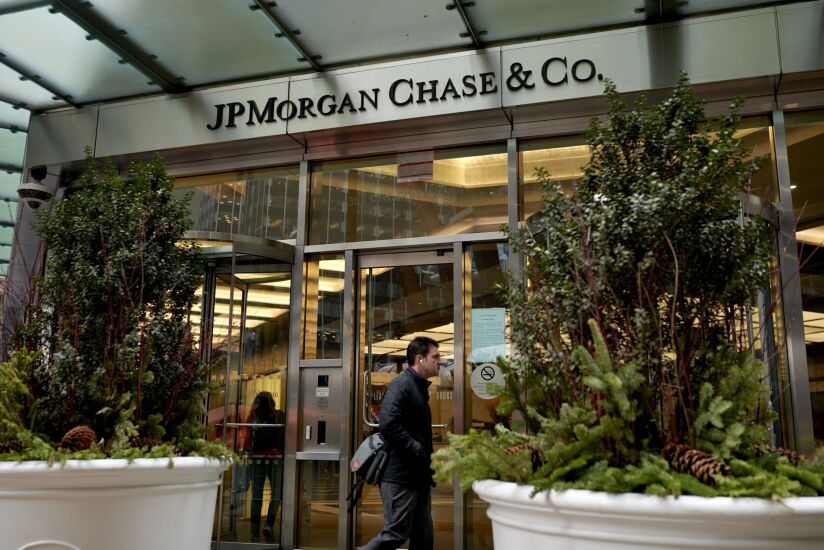The launch of FedNow, the Federal Reserve's instant-settlement system, raises many questions for banks, card networks and fintechs.
FedNow joins The Clearing House's RTP Network in supporting instant settlement in the U.S. In an email, David Watson, president and CEO of The Clearing House, said "The Clearing House which operates the RTP network, the instant payments system in the United States, welcomes FedNow to the real-time payments space. The launch draws more attention to how consumers and businesses are looking to send and receive money instantly between their accounts, which the RTP network has been enabling for millions of bank and credit union customers since 2017."
Any bank that's considering joining this new payment rail will have to consider the costs of processing and of any technology investment needed to properly route transactions to — or from — this new platform.
The use cases for banks include bringing more bill payments in house, speeding account funding and reducing back office complexity, according to Joshua Siegel, a partner at Capco. "It's really now a matter of banks prioritizing which uses should come first," Siegel said in an interview on Thursday.
Other important factors include interoperability with The Clearing House's existing RTP rail, the impact on an issuer's credit and debit card accounts, and even customer confusion over whether FedNow is a form of digital dollar.
"We are already talking with clients, As soon as FedNow launches, we're ready," said Jennifer Barker, global head of treasury services for BNY Mellon..
Here are the key issues American Banker analyzed in the lead-up to FedNow's launch.














